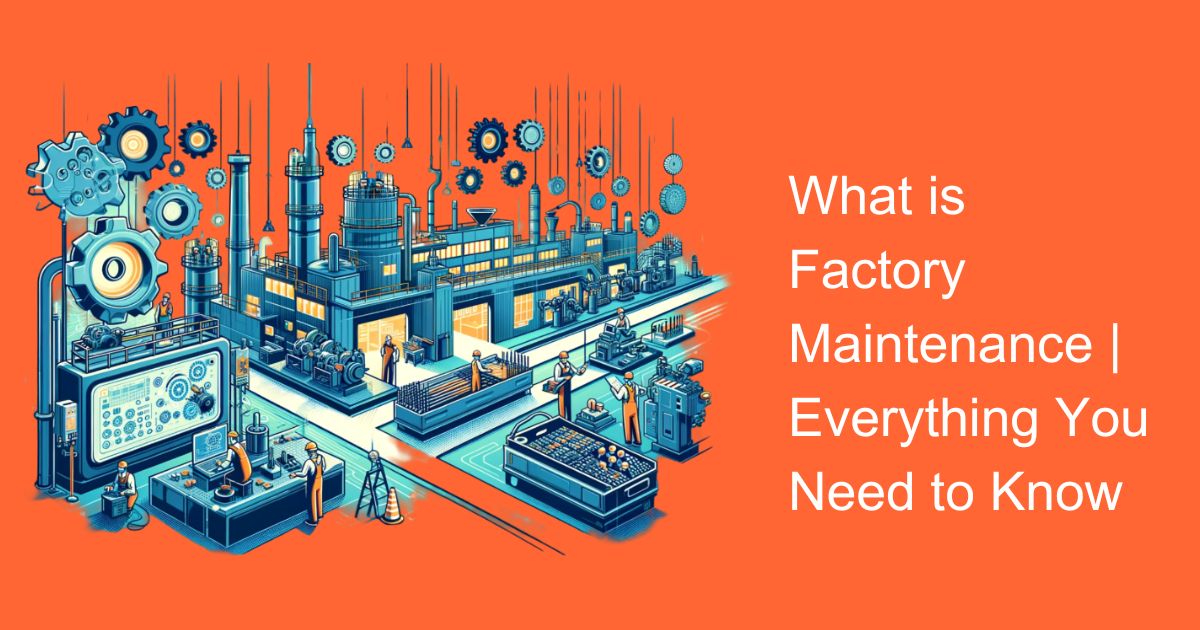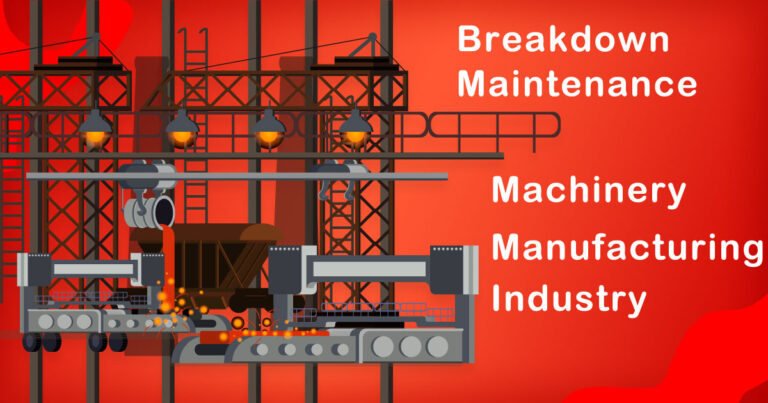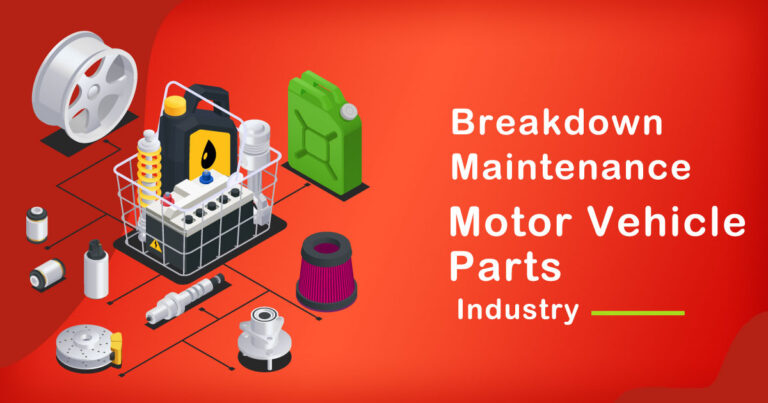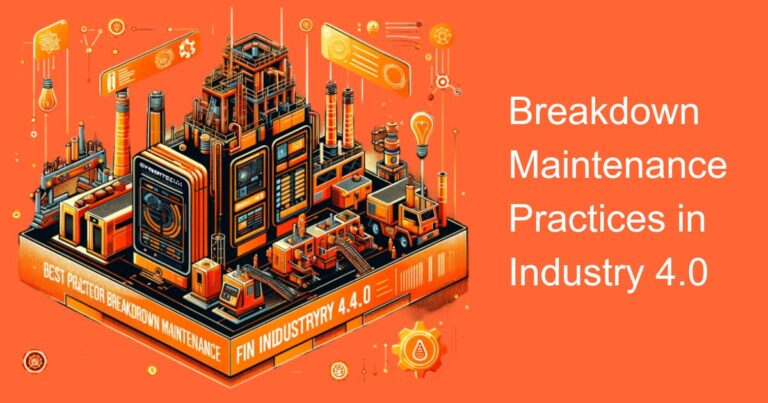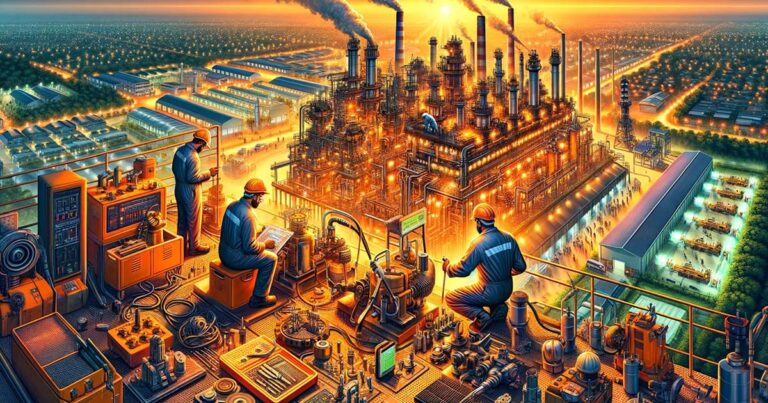Introduction
In the bustling industrial landscape of India, where manufacturing plays a pivotal role in driving economic growth, the concept of factory maintenance holds significant importance. From ensuring operational efficiency to guaranteeing worker safety, factory maintenance encompasses a wide array of practices aimed at optimizing production processes and preserving assets. In this comprehensive guide, we delve into the what is factory maintenance, its significance in the Indian context, and the key strategies employed to uphold productivity and safety standards.
Understanding Factory Maintenance
Factory maintenance refers to the systematic upkeep of machinery, equipment, and infrastructure within a manufacturing facility to sustain optimal performance levels and prevent downtime. It encompasses preventive maintenance, predictive maintenance, corrective maintenance, and proactive maintenance strategies to address various aspects of equipment reliability and operational efficiency.
Significance in the Indian Context
In India, where manufacturing sectors such as automotive, textile, pharmaceuticals, and engineering contribute significantly to the GDP, effective factory maintenance holds paramount importance. With rapid technological advancements and increasing competition, Indian industries are under constant pressure to enhance productivity while adhering to stringent quality and safety standards. Efficient factory maintenance plays a crucial role in achieving these objectives by minimizing equipment failures, reducing downtime, and ensuring compliance with regulatory requirements.
Moreover, in a country like India, where skilled labor is abundant but often lacks specialized training, implementing robust maintenance practices can bridge the skills gap and empower workers to operate machinery safely and efficiently. Additionally, with the government’s emphasis on initiatives such as Make in India and Atmanirbhar Bharat, the need for reliable and well-maintained manufacturing infrastructure becomes even more pronounced to bolster indigenous production capabilities and attract foreign investment.
Key Strategies for Effective Factory Maintenance
Preventive Maintenance:
This proactive approach involves regular inspection, cleaning, and servicing of equipment to detect and address potential issues before they escalate into costly breakdowns. Scheduled maintenance routines, such as lubrication, filter replacements, and calibration, help prolong the lifespan of machinery and minimize unexpected downtimes.
Predictive Maintenance:
Leveraging advanced technologies such as IoT sensors, predictive analytics, and machine learning, predictive maintenance enables real-time monitoring of equipment health and performance indicators. By analyzing data patterns and predictive algorithms, manufacturers can anticipate maintenance needs, schedule interventions strategically, and optimize resource allocation, thereby reducing operational costs and maximizing uptime.
Corrective Maintenance:
Also known as reactive maintenance, corrective maintenance involves addressing equipment failures or malfunctions as they occur. While inherently less cost-effective than preventive or predictive approaches, prompt resolution of issues is essential to minimize production losses and mitigate safety risks.
Proactive Maintenance:
Going beyond traditional maintenance paradigms, proactive maintenance focuses on continuous improvement and optimization of maintenance processes. This involves fostering a culture of accountability, encouraging employee involvement in problem-solving, and embracing innovations to enhance reliability, efficiency, and safety across the factory floor.
Challenges and Opportunities
Despite its undeniable benefits, effective factory maintenance in India faces several challenges, including inadequate infrastructure, limited access to skilled technicians, and budget constraints, particularly among small and medium enterprises (SMEs). Furthermore, the transition from conventional maintenance practices to data-driven, technology-enabled approaches requires substantial investments in training, equipment, and digitalization initiatives.
However, amidst these challenges lie immense opportunities for innovation and growth. With the proliferation of Industry 4.0 technologies and the emergence of smart manufacturing concepts, Indian industries have the opportunity to leapfrog traditional maintenance models and embrace next-generation solutions that offer unprecedented levels of efficiency, reliability, and sustainability.
Moreover, initiatives such as the National Mission on Interdisciplinary Cyber-Physical Systems (NM-ICPS) and the Production Linked Incentive (PLI) Scheme for various sectors underscore the government’s commitment to fostering a conducive ecosystem for technological innovation and industrial transformation. By harnessing these initiatives and forging strategic partnerships with technology providers and academia, Indian manufacturers can unlock new avenues for competitiveness and sustainable growth.
Conclusion
In conclusion, factory maintenance serves as the cornerstone of operational excellence and competitiveness in India’s dynamic manufacturing landscape. By adopting a holistic approach encompassing preventive, predictive, corrective, and proactive maintenance strategies, manufacturers can enhance equipment reliability, optimize resource utilization, and ensure compliance with regulatory standards. Furthermore, embracing digitalization, automation, and emerging technologies holds the key to unlocking new levels of efficiency, resilience, and innovation in factory maintenance practices. As India strives to realize its vision of becoming a global manufacturing powerhouse, investing in robust maintenance infrastructure and cultivating a culture of continuous improvement will be imperative to navigate challenges, seize opportunities, and drive sustainable growth in the years to come.


